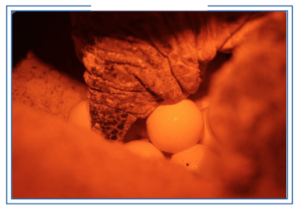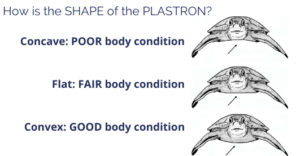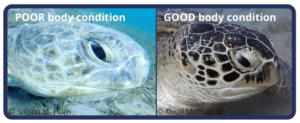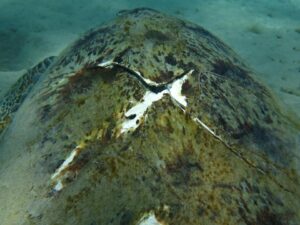Nesting season in Egypt goes from late April to the end of October. While most nesting sites are located in islands where access is forbidden, some sporadic nesting events occur along the coastline, so you might be really lucky and witness this too!
In case you are witnessing a nesting event, this is what you should do:
- Keep all noises to a minimum, turtles are easily scared when on land.
- Switch off all lights, turtles feel safer in the darkness.
- Keep a distance of approx. 10-15m, give the turtle some space. Make sure that you are always behind the turtle in a semicircle.
- Do not touch, move or try to “help” the turtle. If you think the turtle is in distress contact Turtle Watch Egypt 2.0 or the local authorities.
- If you want to take a picture, do not use the flash, only infrared lights and always from behind.






